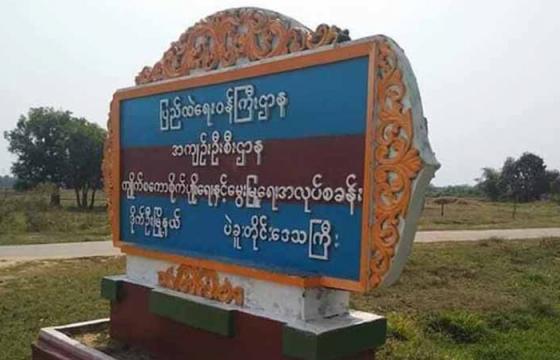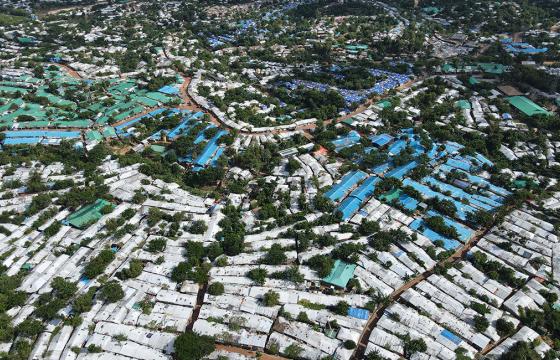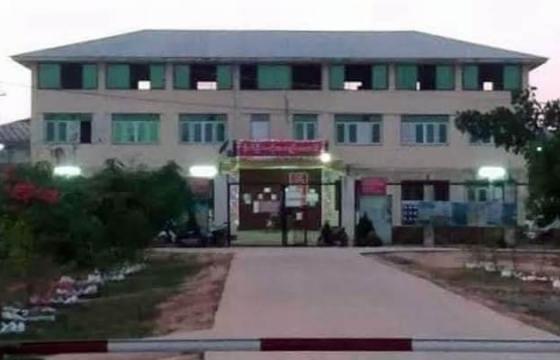Japan has supplied US$2 million to UN agencies that are helping support Rohingya refugees who recently fled to Cox’s Bazar in Bangladesh.
Out of the funding, $1 million is slated for the International Organization for Migration (IOM), $0.5 million for the UN High Commissioner for Refugees, and another $0.5 million for the UN Children’s Fund. The donation aims to strengthen the UN’s ability to provide ongoing emergency aid to the displaced community, according to Japan.
The UN has estimated some 74,000 Muslim Rohingya crossed the river into Bangladesh since Myanmar began a counter-insurgency security operation in Rakhine State in October 2016. They join another 300,000 to 500,000 Rohingya refugees who having been living in Bangladesh for decades. The aid from Japan will support both the recent swell of arrivals, as well as some who have been living longer-term in Bangladesh.
Many of the new arrivals in Bangladesh’s camps and makeshift lack adequate shelter for rainy season, as well as access to health or sanitation facilities.
UNICEF will provide maternal, neonatal, child and adolescent health (MNCAH) services for 61,822 children under the age of 5, 58,229 women aged between 15 to 4 and 2,000 adolescents. The funds will help support health facility preparedness, new born and antenatal care interventions, age-specific health awareness and immunization programs, among other initiatives. UNICEF is also providing 45,300 people with access to water, sanitation and hygiene services by constructing or repairing water access points and latrines, Edouard Beigbeder, UNICEF’s Bangladesh representative, said in a statement.
“With the increasing influx of DPs [displaced persons] in the host communities and the makeshift settlements, the services and resources are falling short, [and] children bearing the biggest brunt,” said Mr Beigbeder.
UNHCR will distribute non-food items for the upcoming rainy season among 2600 families in the Kutupalong and Nayapara registered refugee camps.
With the funds from Japan, IOM will work to provide shelter for the homeless refugees, as well as supply them with non-food items (cooking sets, clothes, bedding and mosquito nets) and access to mental health and psychosocial support services.
Edited by Laignee Barron







